If you're looking for a gluten-free alternative with powerful nutritional properties, buckwheat should be on your radar. This ancient grain is more closely related to rhubarb than traditional wheat, and it's packed with both macro- and micronutrients that offer a wide range of health benefits. One of the most exciting aspects of buckwheat is its anti-inflammatory potential, making it a great option for those looking to reduce inflammation in the body. In this article, we'll explore the science behind inflammation, the nutritional profile of buckwheat, and why this grain is such a potent anti-inflammatory powerhouse.
Understanding Inflammation and Its Effects on the Body
Before we dive into the benefits of buckwheat, let's talk about inflammation and how it affects the body. Inflammation is a natural response to injury or infection, and it's a critical part of the body's healing process. Acute inflammation is a short-term response that only lasts a few days, but chronic inflammation can persist for months or even years. Chronic inflammation has been linked to a range of diseases, including heart disease, cancer, and autoimmune disorders. In other words: reducing inflammation is crucial for overall health.
What is inflammation?
Inflammation is the body's response to injury or infection, and it's characterized by swelling, redness, and warmth in the affected area. These symptoms are caused by the release of inflammatory cytokines and the dilation of blood vessels. Essentially, inflammation is the body's way of trying to protect itself from further damage and begin the healing process.
Acute vs. chronic inflammation
Acute inflammation is a short-term response that occurs when the body is injured or infected. It's a necessary part of the healing process, and once the injury or infection is resolved, the inflammation subsides. Chronic inflammation, on the other hand, is a long-term response. It can be caused by a range of factors, including a poor diet, stress, and environmental toxins. Chronic inflammation has been linked to a variety of diseases, including heart disease, cancer, and autoimmune disorders.
Common causes of inflammation
There are several common causes of inflammation, including a diet high in processed foods and sugar, chronic stress, environmental toxins, and a sedentary lifestyle. These factors can lead to chronic inflammation, which can have serious health consequences. For example, a diet high in processed foods and sugar can lead to weight gain and obesity, which are both linked to chronic inflammation. Chronic stress can also contribute to inflammation, as it triggers the release of stress hormones that can cause inflammation throughout the body. Environmental toxins, such as air pollution and pesticides, can also contribute to inflammation. Finally, a sedentary lifestyle can lead to chronic inflammation, as physical activity is important for reducing inflammation in the body.
Reducing inflammation can be challenging, but there are several strategies that can help. Eating a diet rich in whole, nutrient-dense foods can help to reduce inflammation, as can regular exercise and stress-reduction techniques such as meditation and yoga. In addition, avoiding environmental toxins and getting enough sleep can also help to reduce inflammation in the body.
So, while inflammation is a necessary part of the body's healing process, chronic inflammation can have serious health consequences. By understanding the causes of inflammation and taking steps to reduce it, we can improve our overall health and well-being.
Nutritional Profile of Buckwheat
Now let's take a closer look at the nutritional profile of buckwheat. This hearty grain contains a wide range of macronutrients and micronutrients that make it an excellent choice for anyone looking to boost their health.
Buckwheat is a nutrient-dense food that is low in calories but high in fiber, protein, and complex carbohydrates. It's also rich in vitamins and minerals, including magnesium, zinc, iron, and B vitamins.
The complex carbohydrates found in buckwheat are slowly digested, which means they provide a steady source of energy and help keep you feeling full and satisfied. The fiber in buckwheat also helps regulate digestion and can promote a healthy gut.
Macronutrients and Micronutrients
One cup of cooked buckwheat groats contains:
- 154 calories
- 5 grams of protein
- 1 gram of fat
- 33 grams of carbohydrates
- 5 grams of fiber
- 0 grams of sugar
Buckwheat is also rich in micronutrients, including:
- Magnesium: important for bone health, muscle function, and energy production.
- Zinc: important for immune function, wound healing, and DNA synthesis.
- Iron: important for oxygen transport, immune function, and energy production.
- B Vitamins: important for energy production, brain function, and cell metabolism.
Phytochemicals and Antioxidants
Buckwheat is also packed with phytochemicals and antioxidants, which have been shown to reduce inflammation and prevent chronic disease. Rutin and quercetin, in particular, are two powerful anti-inflammatory compounds found in buckwheat.
Rutin is a flavonoid that has been shown to have anti-inflammatory, antioxidant, and anti-cancer properties. Quercetin is another flavonoid that has been shown to have anti-inflammatory and anti-cancer properties, as well as benefits for heart health.
Gluten-Free Alternative
For those with celiac disease or gluten intolerance, buckwheat is an excellent alternative to traditional wheat. It's naturally gluten-free and can be used in a variety of recipes, from pancakes to stir-fries.
Buckwheat flour can be used in place of wheat flour in many recipes, and buckwheat groats can be used as a base for salads, stews, and porridges. Buckwheat noodles, also known as soba noodles, are a popular Japanese dish that can be enjoyed hot or cold.
Overall, buckwheat is a nutritious and versatile grain that can be incorporated into a variety of dishes for a boost of flavor and health benefits.
How Buckwheat Fights Inflammation
Buckwheat is a highly nutritious ancient grain that has been used in traditional diets for centuries. It is a rich source of protein, fiber, vitamins, and minerals, making it an excellent addition to any diet.
Now that we know more about the nutritional properties of buckwheat, let's explore why this ancient grain is such a potent anti-inflammatory powerhouse.
Rutin: A powerful anti-inflammatory compound
Rutin is a flavonoid found in buckwheat that has been shown to have potent anti-inflammatory properties. It works by inhibiting the release of inflammatory cytokines and reducing oxidative stress in the body.
Research has also shown that rutin may have a protective effect on the cardiovascular system, helping to reduce the risk of heart disease and stroke.
Quercetin: An antioxidant with anti-inflammatory properties
Like rutin, quercetin is another flavonoid found in buckwheat with anti-inflammatory properties. It works by reducing the production of inflammatory cytokines and preventing the damage caused by free radicals.
Quercetin has also been shown to have anti-cancer properties, making it a valuable addition to any diet.
Magnesium and its role in reducing inflammation
Buckwheat is also a rich source of magnesium, a mineral that has been shown to have anti-inflammatory properties. Magnesium helps to regulate immune function and prevent chronic inflammation in the body.
In addition to its anti-inflammatory properties, magnesium is also essential for healthy bones, muscles, and nerves. It plays a crucial role in energy production, DNA synthesis, and protein synthesis.
Overall, buckwheat is an excellent addition to any diet, providing a wide range of health benefits, including its potent anti-inflammatory properties. So why not try incorporating this ancient grain into your meals today?
Incorporating Buckwheat into Your Diet
Are you looking for a new and nutritious addition to your diet? Look no further than buckwheat! This powerful anti-inflammatory grain is packed with essential nutrients and health benefits. Not only is it gluten-free, but it's also a great source of protein, fiber, and antioxidants.
Cooking methods and tips
There are many ways to cook and enjoy buckwheat. It can be cooked like rice or quinoa and makes a great base for stir-fries, salads, and grain bowls. You can also try toasting it before cooking to enhance its nutty flavor. Buckwheat can also be ground into flour and used in baking recipes, making it a versatile ingredient in the kitchen. Buckwheat tea, quite popular in Asia, is another way to enjoy the taste as well as the anti-inflammatory benefits of buckwheat.
Buckwheat recipes for breakfast, lunch, and dinner
Looking for some inspiration on how to incorporate buckwheat into your meals? For a hearty and nutritious breakfast, try making a buckwheat porridge topped with fresh fruit and nuts. For lunch or dinner, a buckwheat salad with roasted vegetables and a flavorful vinaigrette is a delicious and filling option. You can also try using buckwheat noodles in your favorite pasta dishes or as a substitute for rice in sushi rolls.
Buckwheat tea
Buckwheat tea, also known as soba tea, is a popular beverage made from the roasted seeds of the buckwheat plant. Originating from Japan and China, this unique tea is gaining popularity all over the world, and for good reason. Not only does it have a distinctive taste, but it’s also packed with essential vitamins, minerals, and antioxidants - allowing you to reap the anti-inflammatory benefits of buckwheat in the form of a cup of tea. In fact, buckwheat tea is made from a buckwheat plant that's known to have a substantially higher amount of rutin than common buckwheat does. The tea has a unique nutty, earthy flavor with a slightly sweet aftertaste, that is both refreshing and invigorating. It can be enjoyed hot or cold!
Snacks and desserts featuring buckwheat
Buckwheat isn't just limited to main dishes - it can also be used in a variety of snacks and desserts. Try making buckwheat crackers or energy bites for a healthy and satisfying snack. You can also use buckwheat flour to make gluten-free baked goods, such as pancakes, muffins, and bread. And for a sweet treat, try making buckwheat honey cake or buckwheat chocolate chip cookies.
With so many delicious and nutritious ways to enjoy buckwheat, it's easy to see why this versatile grain is becoming a popular choice for health-conscious eaters. So why not give it a try and see how it can benefit your diet and overall health?
Conclusion
Buckwheat is an ancient grain with potent anti-inflammatory properties. It's packed with macronutrients, micronutrients, and antioxidants that help to reduce inflammation in the body and prevent chronic disease. Whether you're looking to incorporate more gluten-free grains into your diet or reduce overall inflammation, buckwheat is a fantastic choice. Try some of the recipes and tips outlined in this article to start reaping the benefits of this powerful superfood.

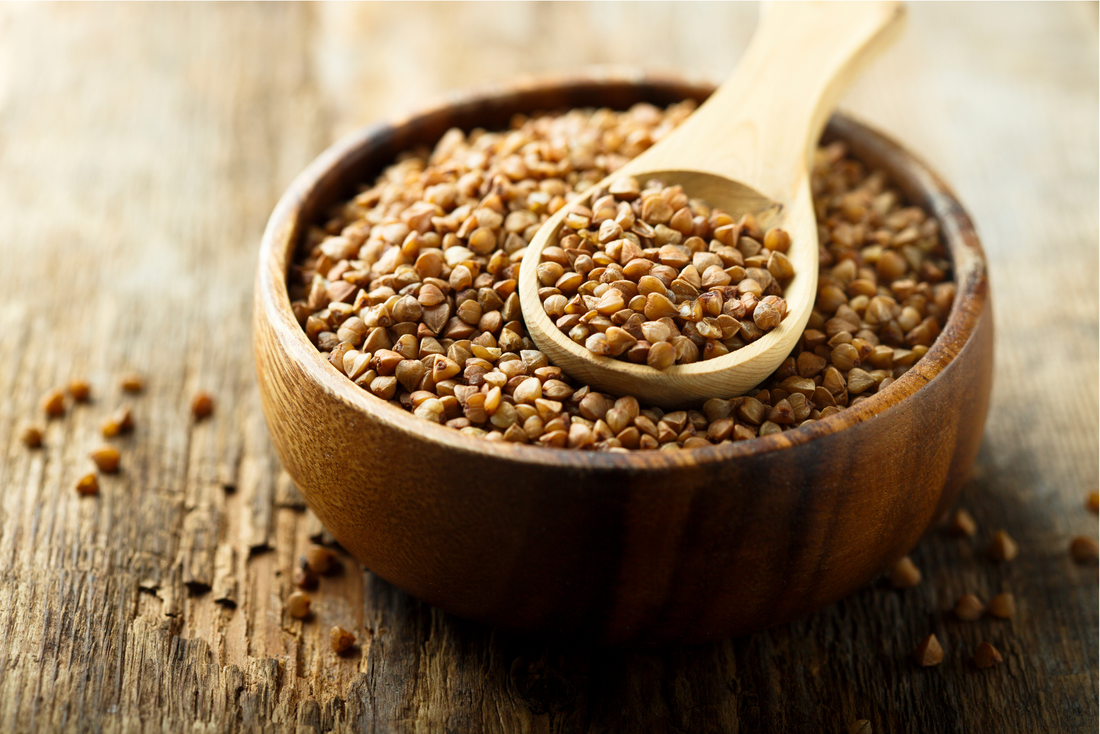
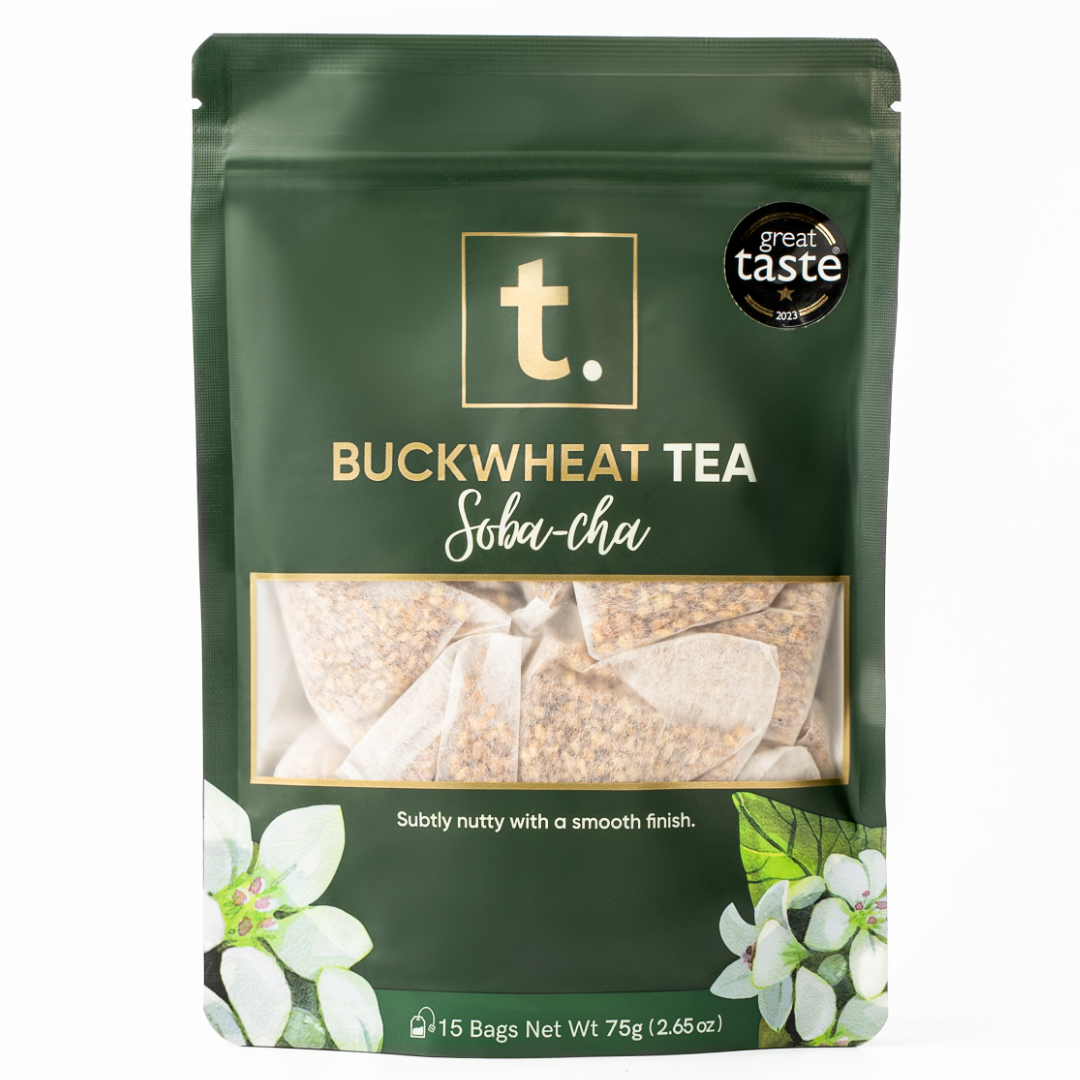
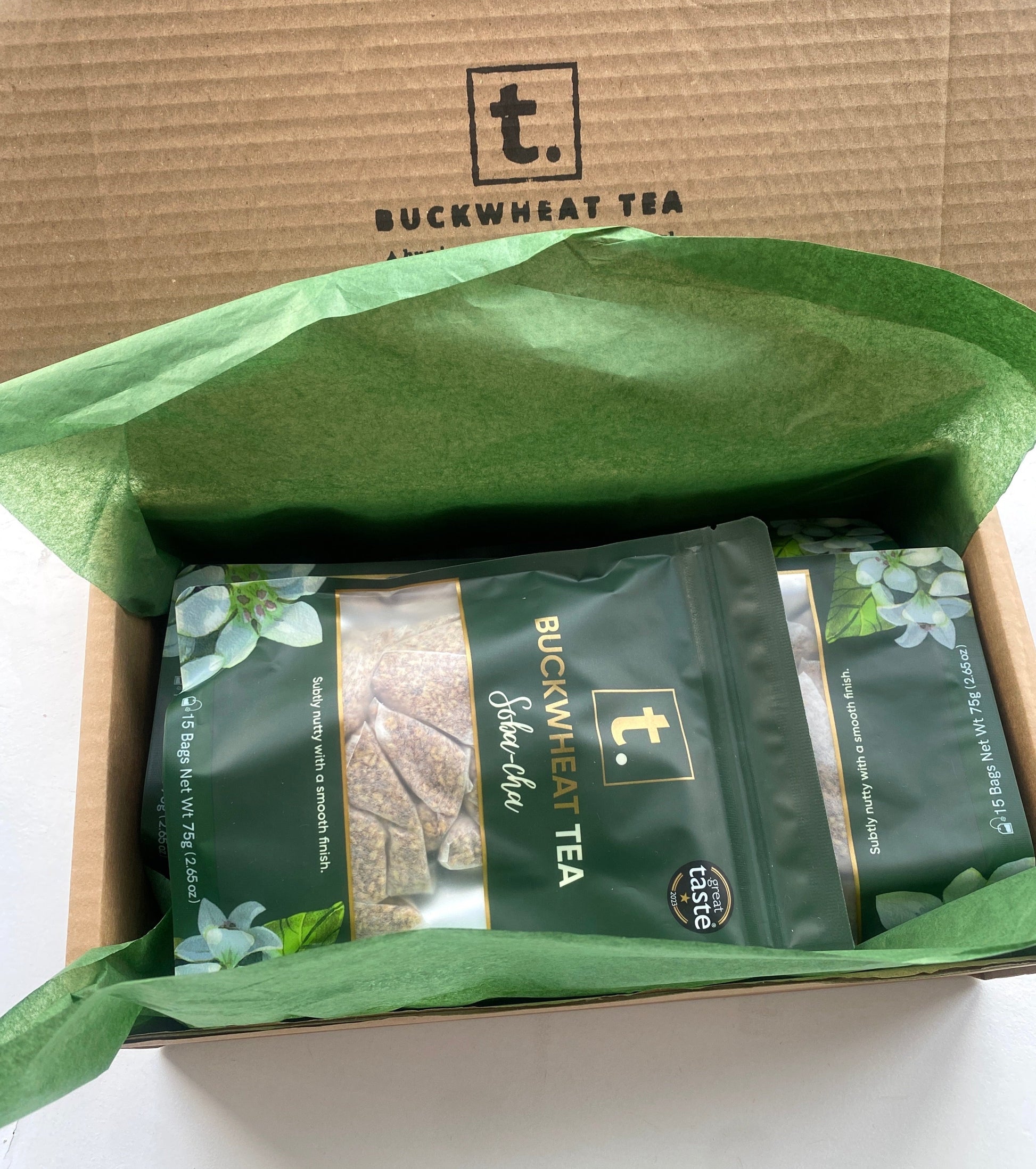
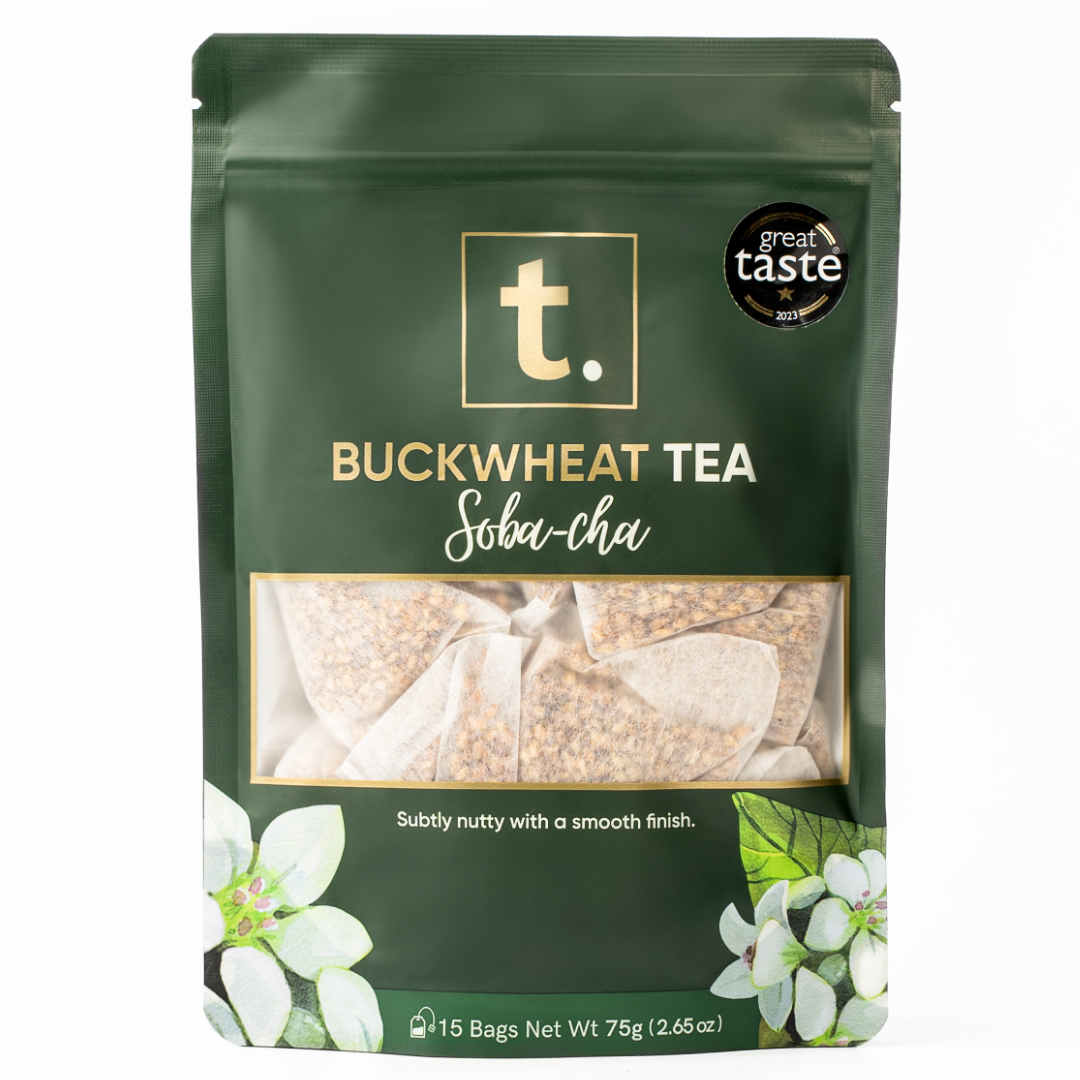
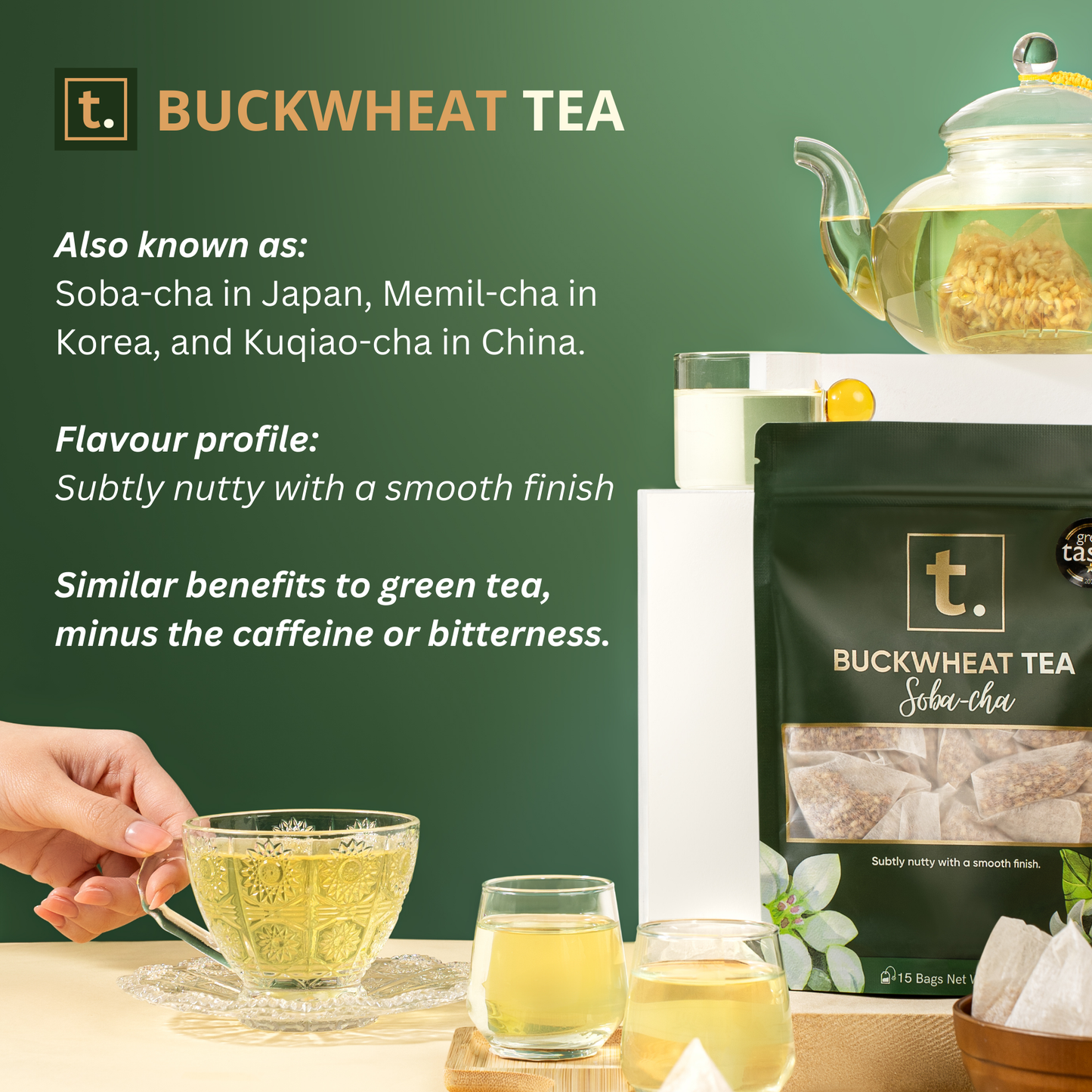

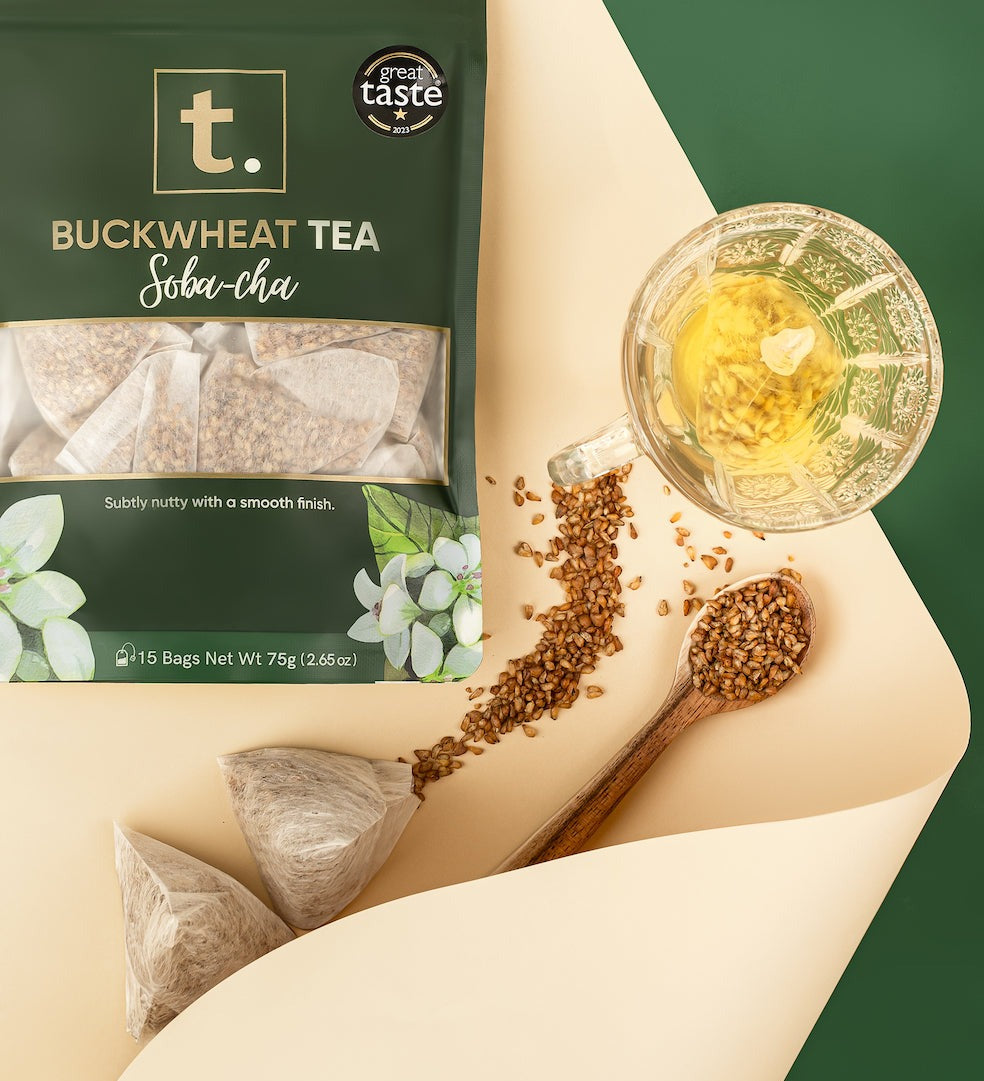
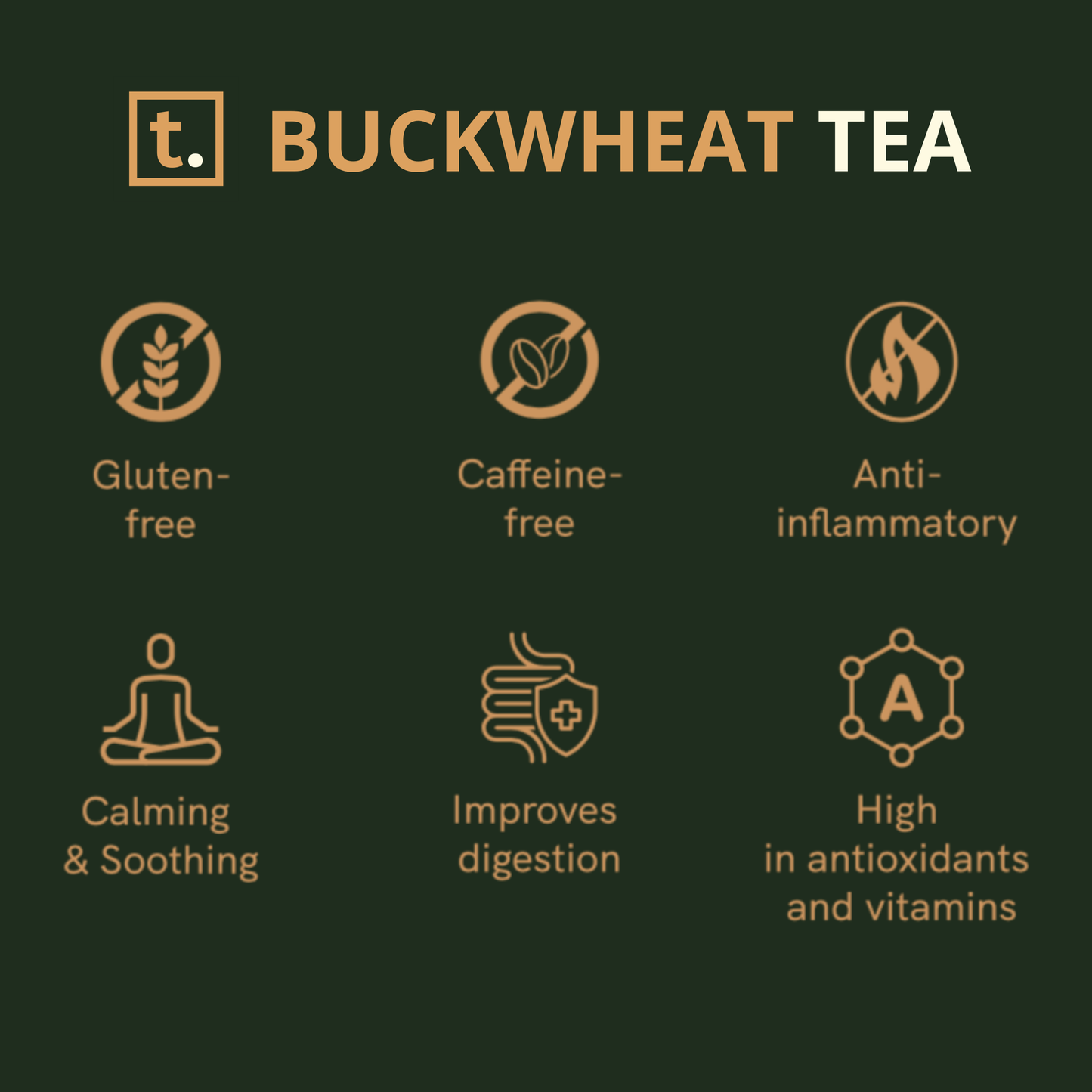
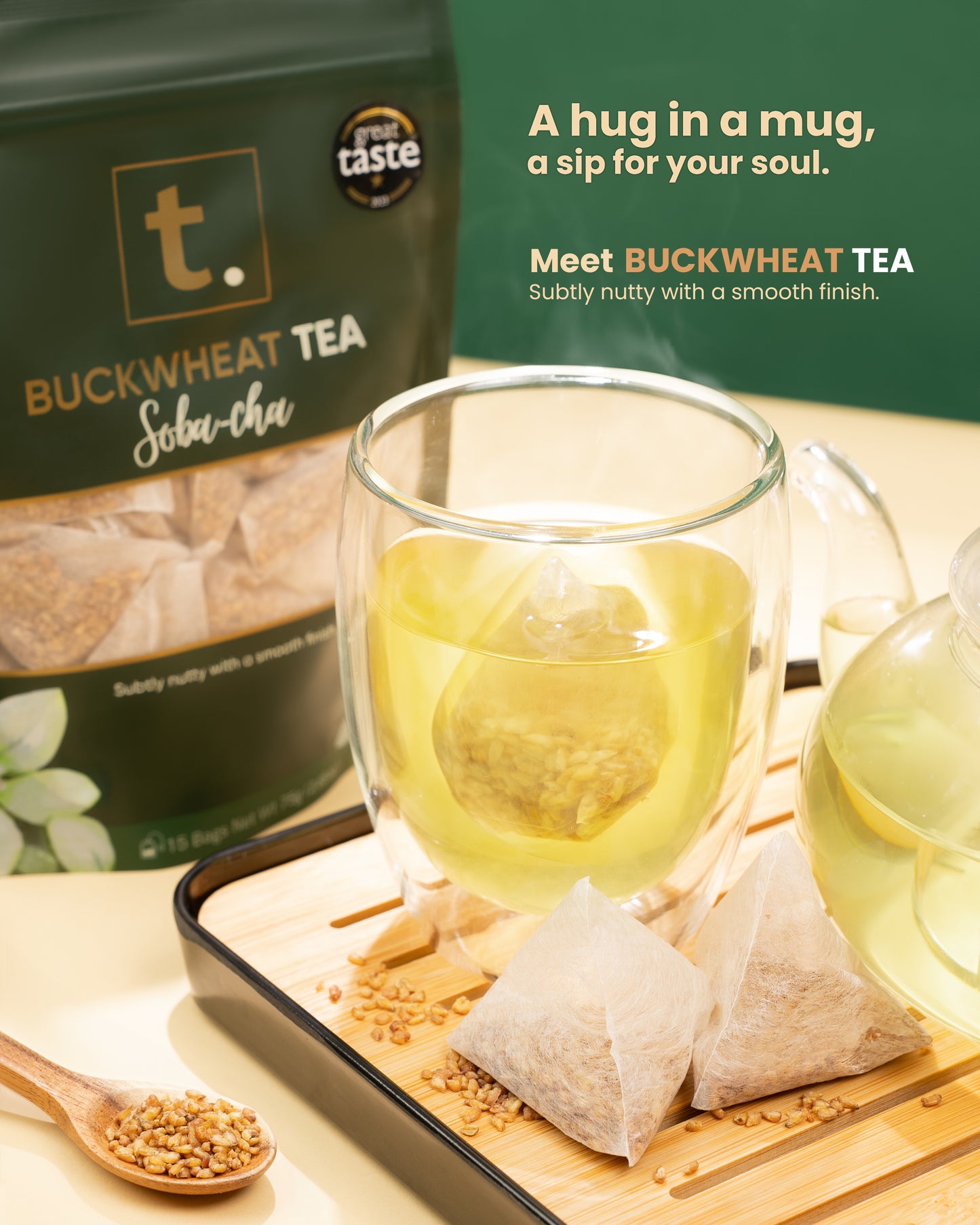

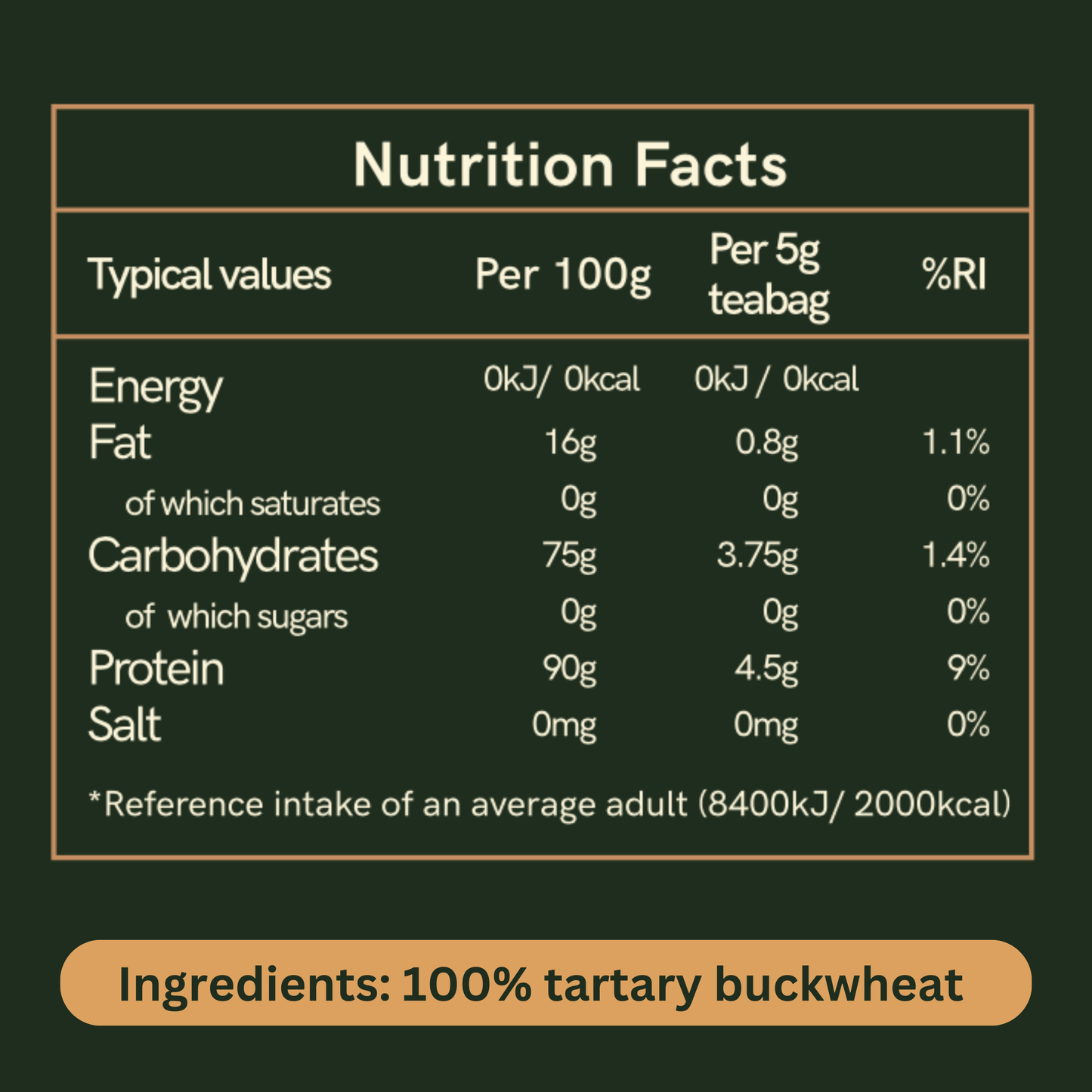
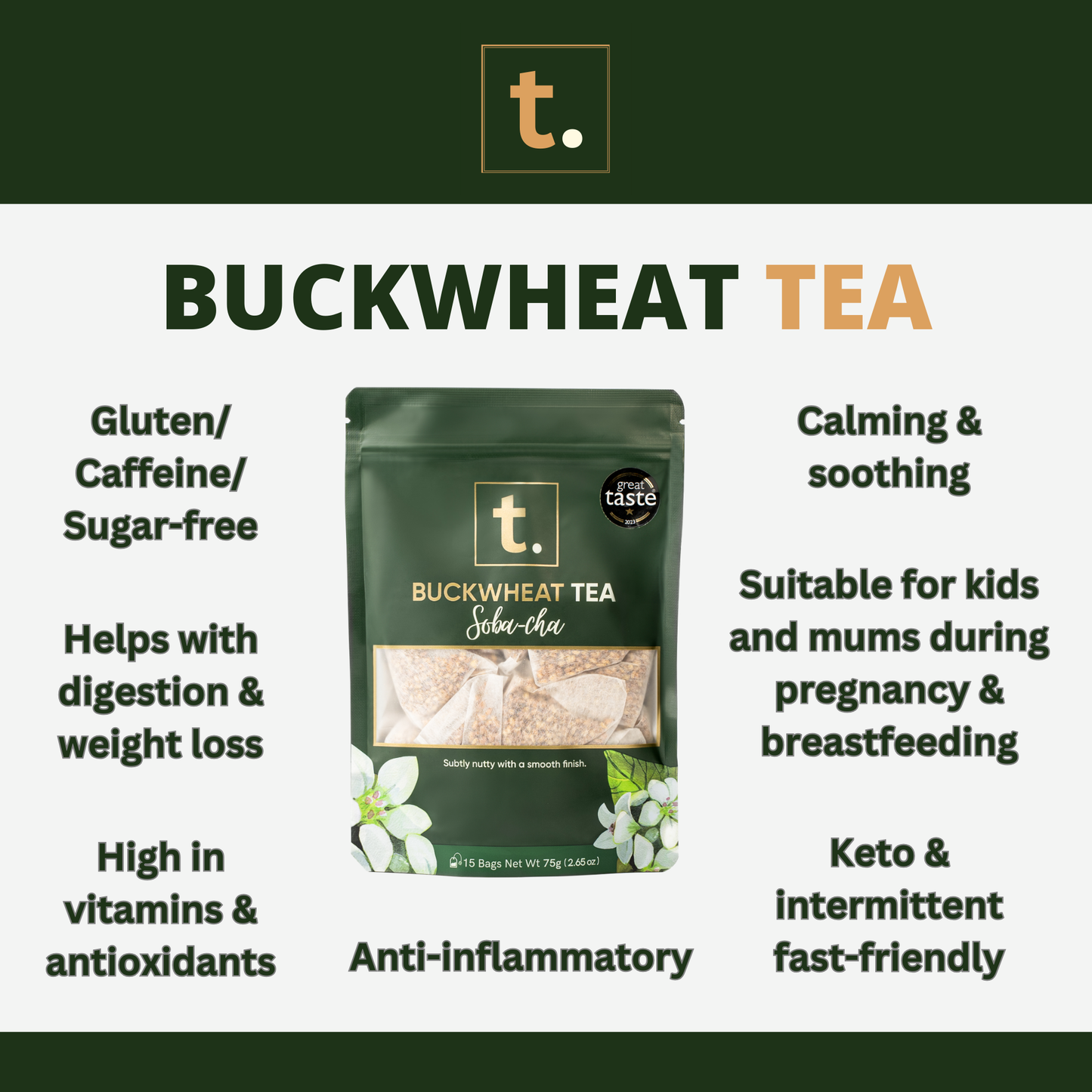

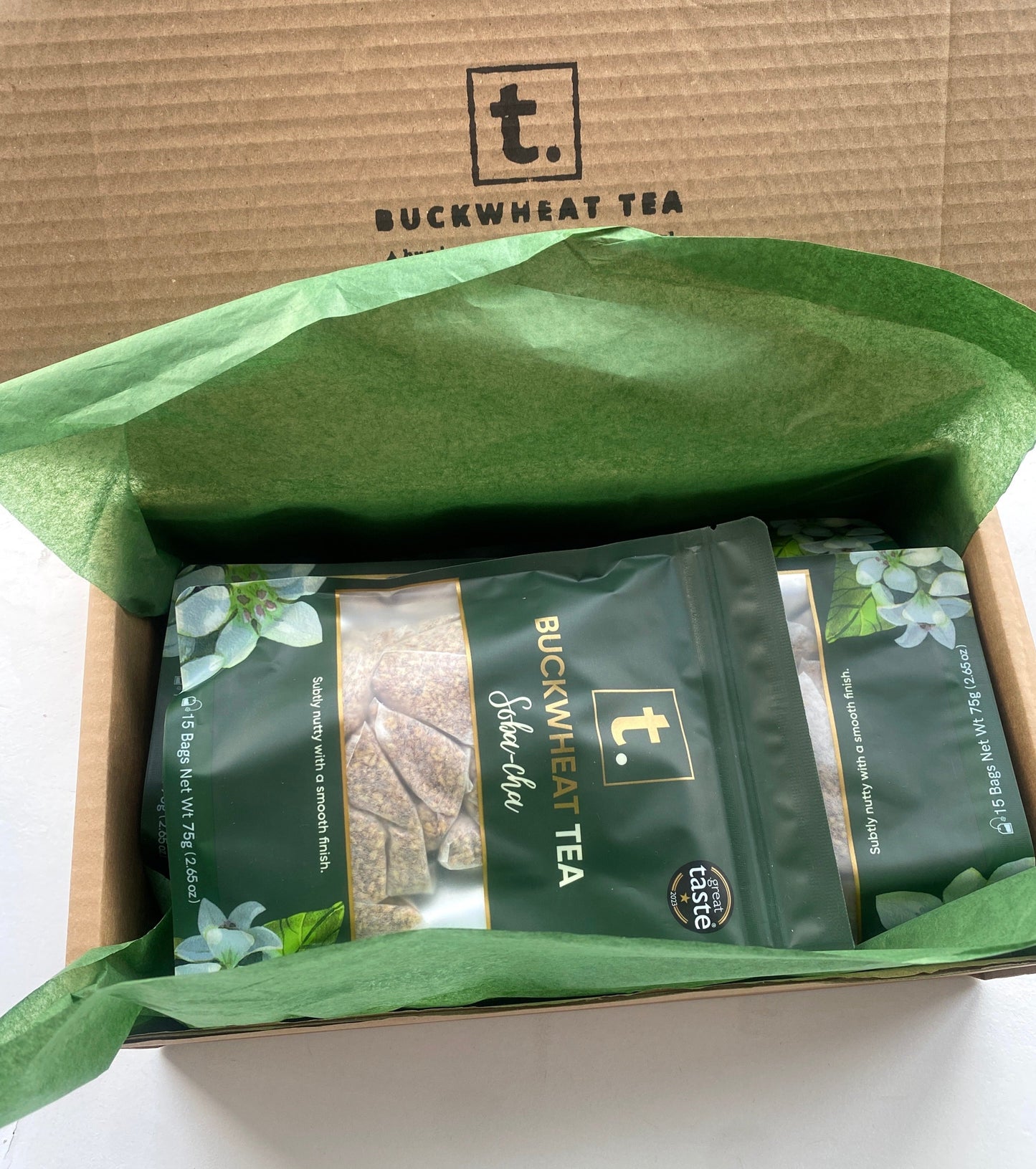
1 comment
Great information I will get more now that I know how beneficial it is especially being anti inflammitary